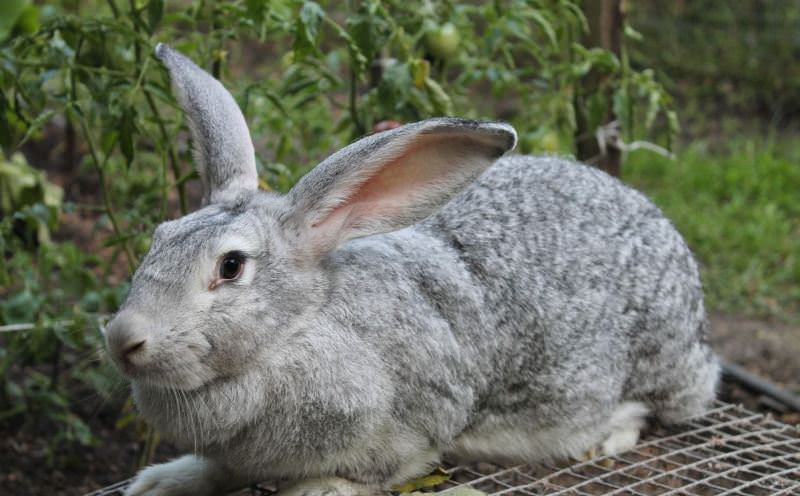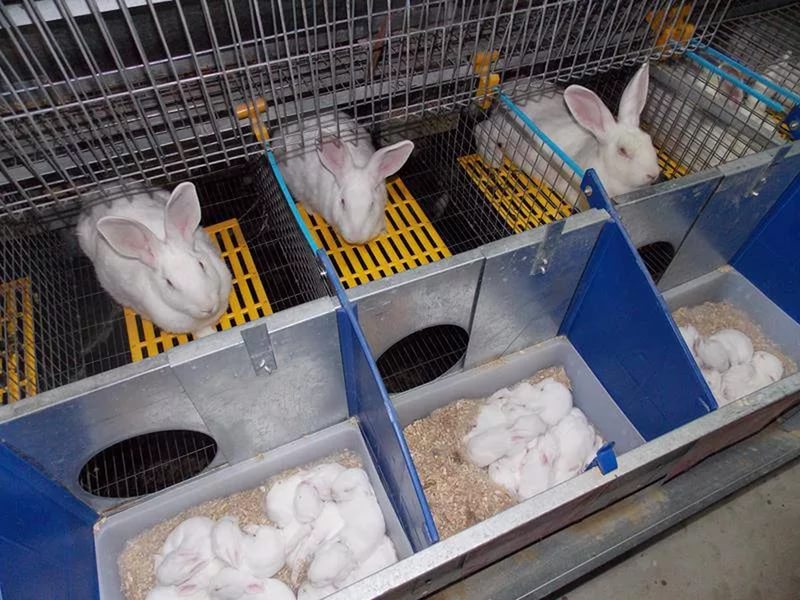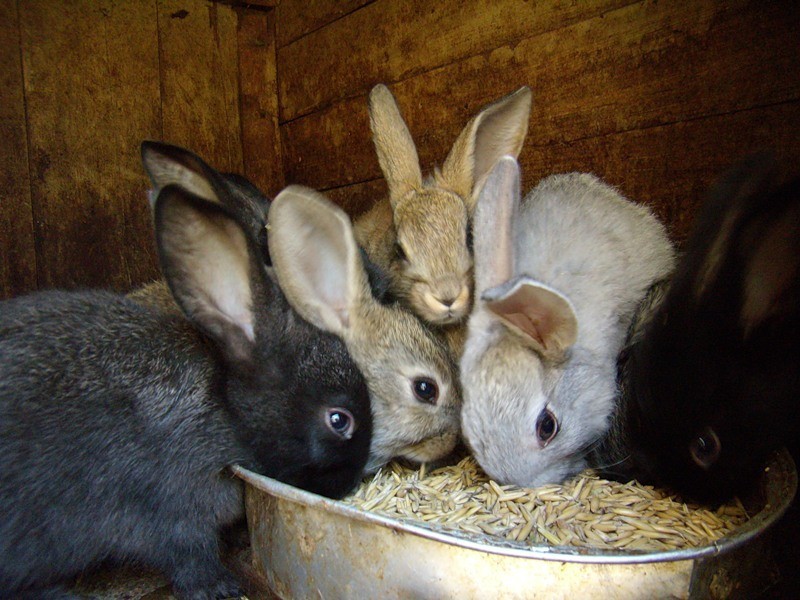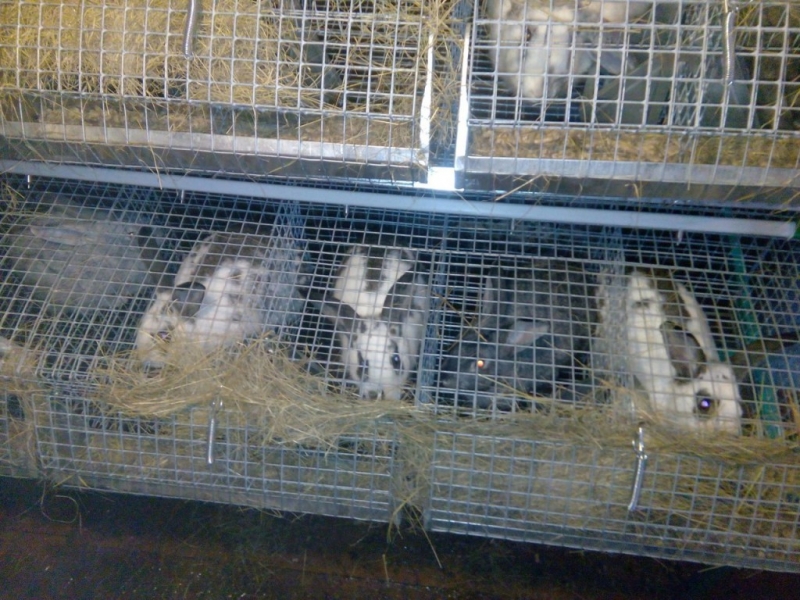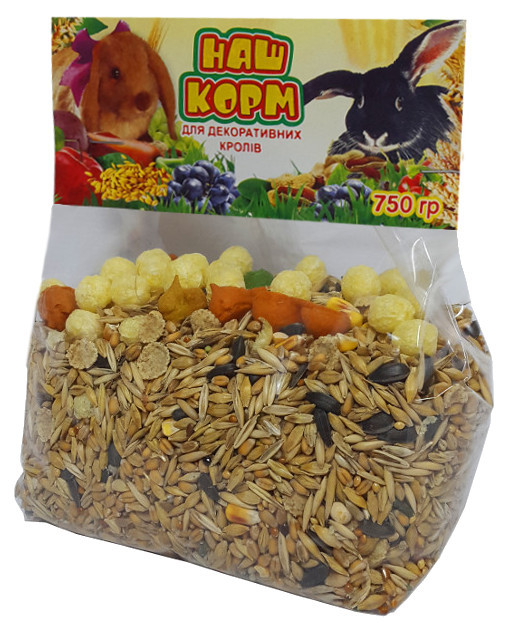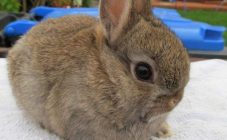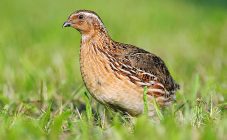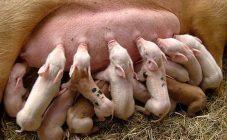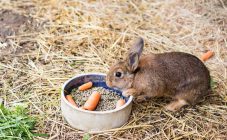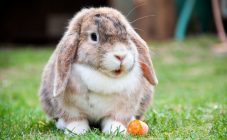Content:
Rabbit farming is one of the most exciting livestock industries. Despite the fact that there are very few such farms on an industrial scale, there are no fewer enthusiasts who raise rabbits in their backyards and dachas.
Breeding rabbits in cages at home
One of the advantages of keeping rabbits is that there is no need for large rooms and walks. Several dozen heads can be kept in an open cage, in a special pit or in cages. It is the cellular content that is considered the most effective option for individual rabbit breeding at home.
With proper care, the space of the cage is enough for rabbits. In it, they mate, are born and grow up.
With cage keeping, it is more convenient for the breeder to take care of the animals, monitor their health and conduct breeding work with the livestock.
Choosing a place for a rabbitry and construction of cages
Before purchasing rabbits, you need to prepare their place of residence. The rabbitry can be set up both outdoors and indoors. Many rabbit breeders argue that keeping rabbits in cages in the fresh air is even better - animals gain weight faster, their skin is of better quality. When choosing a site for a mini-farm, certain conditions must be met:
- Rabbits do not like dampness, so the cages should be installed away from water bodies, on a hill.
- The cage should not be exposed to direct sunlight. Animals do not tolerate heat very well, so it is better if there is a canopy or shade from the trees.
- There should be no drafts.
If the rabbitry will be in some kind of room (for example, a shed), then it is important that it is ventilated and in winter there is lighting for at least 10 hours. The content can be combined - in the summer, keep in the air, and for the winter, bring it into the barn.
One cell is not enough, you need separate ones:
- For a pregnant rabbit, where she brings young rabbits, she feeds them for at least 1 month.
- For the male. Sometimes males fight and must be kept in their own cage.
- For the young. Young rabbits are kept in group cages.
Cage sizes can vary greatly depending on the breed of animal. For example, for a decorative rabbit, you can build a dwelling on a balcony measuring 60 × 40 × 35 cm.For an adult gray giant, a cage is needed 100 × 70 × 60. In such a dwelling, you can keep raised rabbits - up to four individuals. Below are the sizes of cages for various purposes:
- Group for young animals for 8-20 heads. Dimensions (in cm) - 400 × 100 × 50. Such a cage should have two or three doors for ease of maintenance.
- Uterine. The size of the dwelling for a rabbit with bunnies should be at least 120 × 70 × 60, nests - 40 × 70 × 60.
- Fattening cage. The goal is to restrict the rabbit's movements, however, so that he does not suffer. Therefore, for such cases, cells are made a little smaller - 70 × 50 × 30.
You can combine and arrange cells as you like.A widespread variant of a complex of two cells, a partition between which serves as a nursery for laying solid feed. There are also options for tiered cages. Detailed drawings with step-by-step instructions on how to make can be found on the Internet.
When breeding rabbits on an industrial scale, the cages are made of a metal frame covered with mesh. However, experienced rabbit breeders do not recommend keeping pets in such structures. It is better if all the walls are deaf and only the front one is covered with a net. This makes the rabbit more comfortable. The most suitable material is wood. You can also make a bottom from the net for convenience when cleaning. But such floors are not suitable for all breeds of rabbits, especially if you plan to keep them outdoors in the winter.
How to start growing from scratch
Social networks and specialized publications warn about the difficulties of breeding rabbits at home for beginners. However, these fears are largely exaggerated. Starting from scratch, the future rabbit breeder must learn some of the characteristics of animals:
- Nutrition. You cannot feed them monotonous food. There should be soft and hard food. In the cage, you need to install a feeder with grain and compound feed, at the same time, there should be hay, root crops and tree branches in the manger. There should also be a drinking bowl with constantly fresh water. Information on feeding rabbits is easy to find.
- Disease prevention and treatment. Rabbits need to be vaccinated, and in case of illness - to know the symptoms and methods of treatment. The well-being of the rabbit directly depends on the quality and composition of the feed.
- Breeding and growing cages. Should be comfortable, always clean.
Having an idea of feeding, treatment and maintenance, you can start choosing a rabbit breed. It is recommended to start with those that go for meat - when selecting breeds for fur, the requirements for the content are different, and it will not be easy for an inexperienced rabbit breeder. Do not start with difficult breeds. It is better to start breeding individuals of common, unpretentious breeds:
- gray giant;
- california white;
- butterfly;
- Russian ermine;
- New Zealand
It will not be superfluous to study what breeds are common in the region, how they have proven themselves. It would be nice to find out everything about the breeders, about their livestock. You can talk to them, find out the nuances of keeping and breeding. The market is not the best place to buy thoroughbred rabbits in order to raise a decent livestock.
Keeping and breeding rabbits at home
After the theoretical part has been studied - where and how rabbits will be acquired, breeding and keeping at home, the cells necessary for this, feed and vaccines - you can begin to practically implement the plan.
It is better to acquire rabbits at the age of about two months. At this time, they no longer need breast milk and may well feed on their own. The appearance of the rabbit can tell if everything is in order with his health. A healthy baby rabbit should have:
- Smooth, shiny coat, on the muzzle - dry, without bald spots.
- The ears are clean from the inside, without sulfur deposits, without wounds and breaks, pink in color.
- Clean hair around the anus.
- The eyes are lively, curious, without clouding and spots on the iris.
- The nose is slightly moist.
- The skin is clean, without sores and wounds.
- The abdomen is soft, without lumps.
- Correct bite when the upper teeth are in front of the lower teeth.
When buying animals, you need to find out what they were fed with. With a sharp change in feed, the rabbit may begin to feel unwell, the stomach will swell and everything may end in the death of the pet. Having withstood quarantine for some time, it can be gradually transferred to those feeds with which it is planned to feed the animals.
Months of 4-6 rabbits can be mated. More precisely, they are ready to mate earlier, but you should not do this.From very young parents, we get sickly, not viable offspring. It is possible to determine that the female is ready for mating by her behavior - she begins to behave restlessly, refuse food, pluck the fluff from her belly and carry bundles of hay in her mouth. Hunting for an uncovered rabbit occurs about once a week.
Before mating, rabbits need to be put on a special diet. The menu should include the following components:
- silage;
- sprouted oats;
- sprouted barley;
- cake with bran;
- carrot;
- tree branches;
- meat and bone meal;
- fish fat;
- a piece of chalk.
In summer, rabbits need to happen in the morning and evening hours, in winter - during the day. This is due to the fact that animals will not happen at too high and too low temperatures. For mating, it is better to plant the female with the male. Otherwise, he may get confused and begin to explore new territory, instead of dealing with the "bride". When mating, it is better to wait for the repeated, control mating and only after that remove the rabbit in her cage. You can mark the date of mating right on the cage - it will be easier to follow the emerging signs of pregnancy.
Signs appear within 14 days. By this time, you can already feel the embryos in the fallopian tubes. They are still very small, only 2-3 cm in diameter, but palpating the abdomen, you can feel them.
Pregnancy lasts about 30 days. A week before the birth, the rabbit begins to build a nest, carrying hay from the nursery into it, and a day before, she lines it with down, pulled from her own belly. Childbirth begins, like all animals, in the morning.
Rabbits are born quickly, approximately every 10 minutes. There are also prolonged labor. If the rabbit cannot give birth within 24 hours, then you should seek help from a veterinarian. Usually 6-10 young rabbits appear in the nest.
After giving birth, the female eats the afterbirth. She can also eat dead rabbits, so you need to remove them. You can touch newborns by removing the young mother first. Rabbits have a strong sense of smell, and if the babies have a foreign smell, the female can refuse them, therefore, before touching the rabbits, you need to rub your hands with the fluff from the nest.
Cubs are born blind, naked and wrinkled. They lie quietly under the fluff, covered by a caring female who visits them 2 times a day - in the morning and in the evening. After eating milk, they fall asleep again.
But not all rabbits take care of the offspring. This is especially true for young females who have given birth for the first time. The instinct is likely to wake up, but for now, the rabbit breeder will have to follow the rabbits. To prevent the babies from freezing, you need to pull the fluff from the belly of the rabbit on your own and cover the cubs with it.
After 10 days, the rabbits are already completely covered with wool, after another 2 days their eyes open. By three weeks, they are already trying to get out of the nest. By one and a half months they are almost independent. If the rabbit is already covered again, then they can be placed in a group cage.
The profitability of rabbit breeding at home
Having tried to breed and raise rabbits for themselves, some rabbit breeders think about selling the surplus. A rabbit farm is a rather profitable business from the standpoint of private entrepreneurship.
Knowing all the maintenance costs, the estimated price of the products sold, it is not difficult to calculate the profitability of a mini-farm and draw up a business plan. And with a ready-made business plan, you can already apply for a loan and expansion of production.
Considering that there are practically no industrial rabbit farms left, and dietary rabbit meat does not cease to be in demand, the creation of a small business based on this topic seems to be very promising.
If there is no desire to deal with rabbits on a large scale, then you can remain an amateur, providing yourself and your loved ones with high-quality carcasses of delicious meat.
